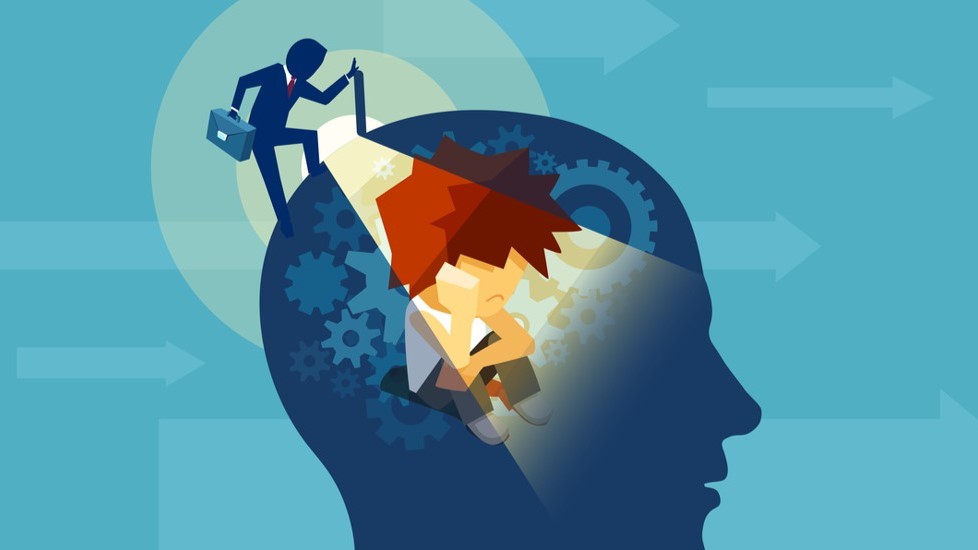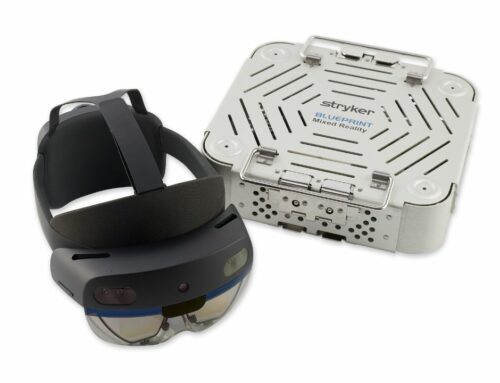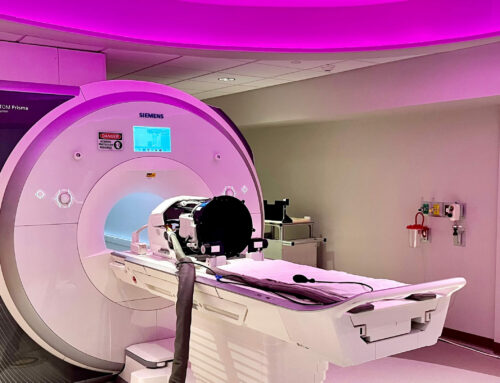By Ram Prasad, Co-Founder & CEO, and Alok Gangaramany, Principal Consultant, Final Mile

“Innovation” has emerged as one of the most bandied about terms in the healthcare sector over the last two years. And for good reason. With a global pandemic unfolding and access to necessary healthcare services restricted around the world as a result, the healthcare sector has rightfully focused on ways to optimize the way it operates in both short- and medium terms. Yet, for all the buzz around AI and mRNA, one area of innovation continues to be overlooked by decision-makers particularly in the United States: behavioral science.
In a somewhat surprising move, the Obama administration signed an executive order in 2015 that embraced behavioral science in a way that largely hadn’t been seen in American politics. Aimed at applying behavioral science to “support a range of national priorities” – including in healthcare – this executive order was a benchmark for government decision-making. Applied Behavioral science has proven to be a huge ally in healthcare decision making worldwide aiding in a wide range of public health initiatives from reducing traffic fatalities to boosting HIV prevention. However, since the executive order was signed into action, behavioral science research and decision-making has languished in the governmental sphere; first, under the Trump administration where efforts were dismantled, and now under the Biden administration where efforts to resuscitate behavioral science driven healthcare haven’t been optimal – see efforts to boost COVID-19 vaccination rates.
With a slew of existing healthcare issues still unsolved and new questions cropping up each day, the public health sector is at one of its most important inflection points yet. And with this state of play deepening instead of receding, insiders are realizing that more needs to be done in terms of resonating with consumers both before, during and after public health crises if we have any chance of dealing with them successfully. Hence, embracing behavioral science to deliver these nuanced approaches effectively is becoming an increasing priority once again in the healthcare sector. However, after years of under investment and meager R&D, significant questions exist about whether the U.S. has the intent to make the most of what Behavioral Science can offer.
With that in mind, here are a few specific areas that need to be addressed.
Understanding that behaviorally, prevention is vastly different from treatment
Preventative healthcare has been a huge talking point in the United States for years for several reasons: it improves overall public health, reduces strain on healthcare systems and lowers healthcare costs. Yet, for as much as it has been bandied about, the United States continues to struggle to make significant traction in its preventative push, and this links back to its failures to properly deploy behavioral science – specifically, approaching prevention with a treatment mindset. Approaches such as periodic reminders, small rewards and other simple motivation mechanisms that may be successful in the context of treatment (e.g. intake of metformin to manage diabetes) have proven to be insufficient or ineffective in the context of prevention. One of the key differences between prevention and treatment is the perception of risk and rewards. In case of treatment, consuming medication provides immediate benefit (e.g. lowering of blood sugar levels) and addresses the anxieties associated with the disease. When it comes to prevention, the only feedback is the absence of a disease. However, prevention still requires significant cost and time investment (e.g. annual visits to a doctor) by the individual. This imbalance between costs that are immediate and the benefits that are largely invisible and long term in nature, requires an approach centered around changing preferences, building new lifestyle habits and ability to make healthier trade-offs. Therefore, solutions need to be more holistic, human-centered and focused on intrinsic motivations of the individual. Simple nudges are unlikely to be effective.
Opting for the Flashy Instead of the Subtle
Changing people’s minds is hard. Which is why it is easy to fall into the school of thought that big flashy ideas are the best way to get people to change their habits. For example, paying people to get vaccinated or a lottery. On the surface this seems like it would be a great way to overcome vaccine hesitancy, after all getting a shot is usually far less time consuming than spending a whole day at work. But if it was so great, why didn’t it work? In fact, not only did it not work, but it may have heightened fears among hesitant populations who may have begun asking, “If it is safe, why are they paying people to get it?” This goes to show that just because an idea may draw a lot of media attention doesn’t make it an effective behavior change mechanism. Instead, sensible subtle changes and interventions have proven to be far more effective. Retail, for example, has done a great job of this, strategically using store configurations and other under the radar tactics to connect with psychological research and drive more sales. This is how choice change is driven more often than by digging deep to resonate, not by shouting from the rooftops.
Correcting the Fragmented Approach
All too often we think about healthcare and marketing as two separate entities, but they actually go hand-in-hand. Conflicting or off the mark messaging can immediately undermine even the best constructed behavioral science campaigns. Because patterns in decision-making vary so greatly, a one-size-fits-all approach in behavioral science is one of the most ineffective ways of tackling healthcare. Instead of trying to catch everyone possible in a wide net, decision makers need to create several smaller fine-tuned nets that speak to the most pressing factors across each community subset. From there, these messages need to be honed further through sample testing, and then expanded in coordination with local groups and highly trusted figures to reach the desired audience. Nothing is a bigger turn-off in messaging and marketing for consumers than irrelevant or impersonal information. Therefore, it is essential that overarching healthcare bodies sync up with relevant regional and local stakeholders to make sure measure pull through is accurate and as tailored as possible.
—
Behavioral science healthcare is not easy. But that doesn’t mean that it should be pushed to the backburner. Healthcare is among the most personal decisions we make today, and therefore, if we are going to help the public overcome the pressing challenges we face it is pivotal that we have approaches that are based on the patterns that drive decision making on the most granular level possible. And by correcting these few areas, the United States can take a leading role in the behavioral driven healthcare revolution.
About The Authors
 Ram Prasad co-founded Final Mile, a pioneer in applied behavioral sciences, in 2007 and is currently the CEO. Final Mile integrates behavioral sciences and human centered design to tackle complex behavioral challenges in global health, financial empowerment, transportation safety and other issues involving human decisions. Final Mile is leading several behavioral insights and design efforts across Africa, Asia, and North America in collaboration with implementers, governments, health systems, international NGOs and other key stakeholders.
Ram Prasad co-founded Final Mile, a pioneer in applied behavioral sciences, in 2007 and is currently the CEO. Final Mile integrates behavioral sciences and human centered design to tackle complex behavioral challenges in global health, financial empowerment, transportation safety and other issues involving human decisions. Final Mile is leading several behavioral insights and design efforts across Africa, Asia, and North America in collaboration with implementers, governments, health systems, international NGOs and other key stakeholders.
 Alok Gangaramany is a Behavioral Science and design practitioner with over 15 years of experience in addressing complex social and business problems by leveraging tools from diverse disciplines including behavioral science, design, organization change management, data science, and complex systems science. He leads Final Mile’s efforts in addressing complex behavioral challenges in global health & development sector. He has worked extensively on projects focused on improving outcomes of infectious diseases such as HIV & TB, reducing road safety accidents and improving sanitation & hygiene behaviors.
Alok Gangaramany is a Behavioral Science and design practitioner with over 15 years of experience in addressing complex social and business problems by leveraging tools from diverse disciplines including behavioral science, design, organization change management, data science, and complex systems science. He leads Final Mile’s efforts in addressing complex behavioral challenges in global health & development sector. He has worked extensively on projects focused on improving outcomes of infectious diseases such as HIV & TB, reducing road safety accidents and improving sanitation & hygiene behaviors.












